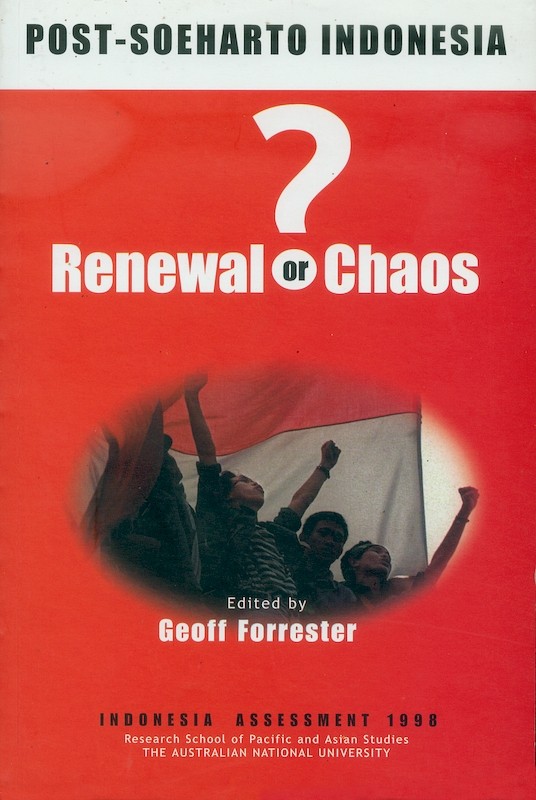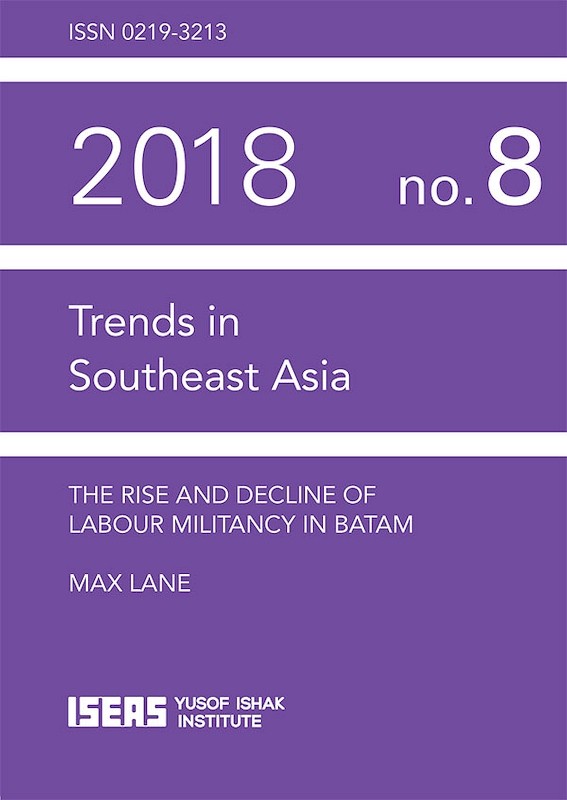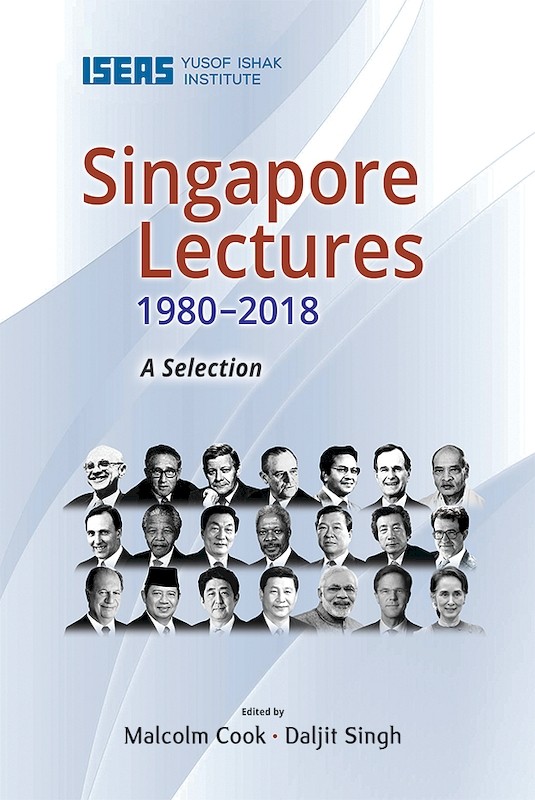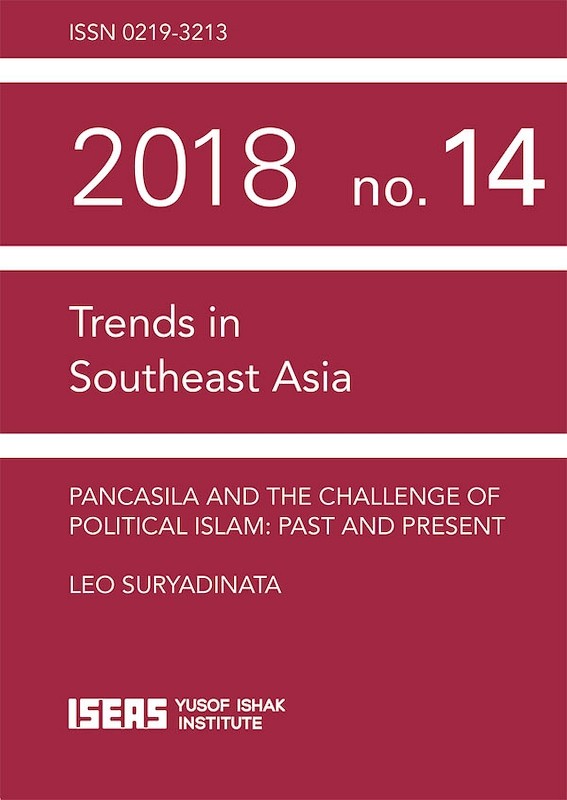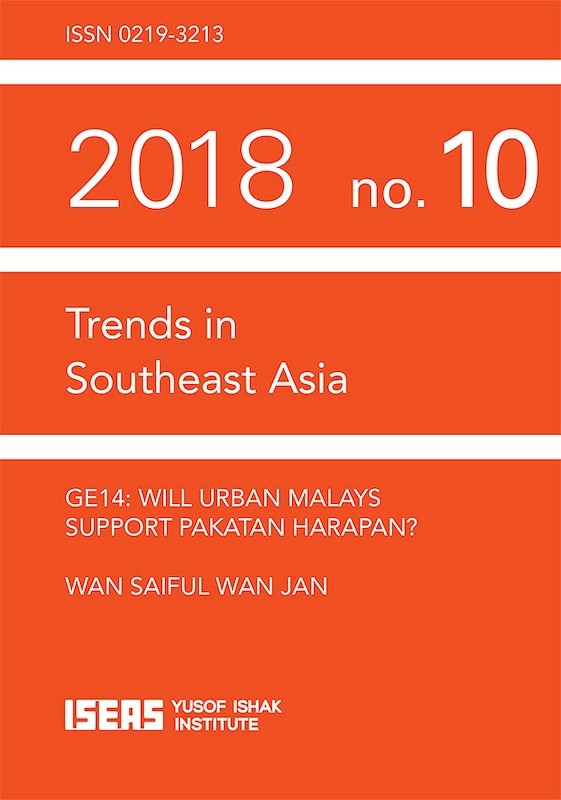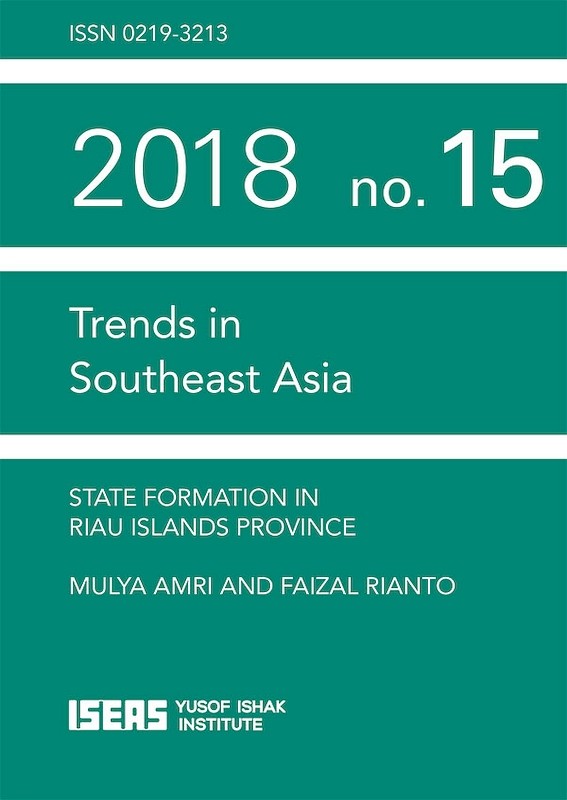Different Societies, Shared Futures: Australia, Indonesia and the Region
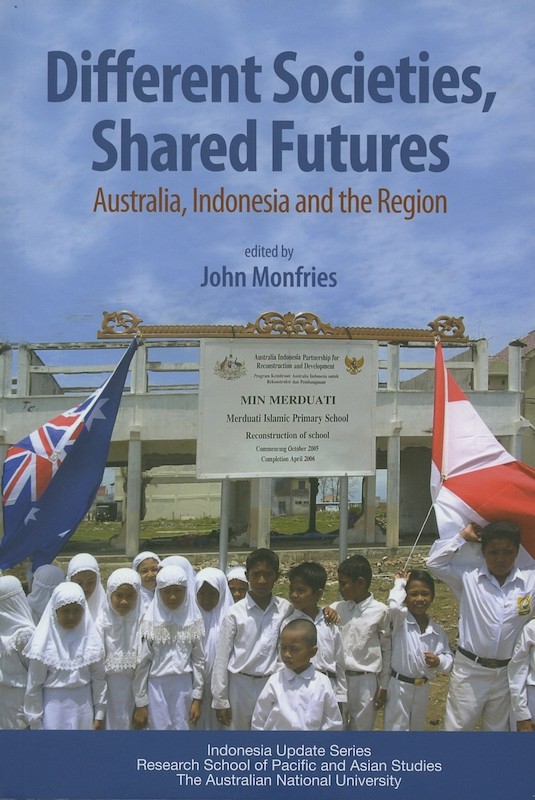
Reviews
"Relations between Australia and Indonesia have see-sawed in recent years. Current efforts to overcome points of tension and strengthen ties are focusing on a new security agreement signed by Canberra and Jakarta. Timely then is this book. It looks at relationships at both the government-to-government and popular levels. Misunderstandings and stereotypes at the popular level pose a challenge to policymakers. Strangely, this is the first time that there has been a focus on Indonesia-Australia relations. Given Indonesia's importance to Australia, this study is long overdue. Specifically, the book examines government-to-government links, public images and mutual perceptions, regional organisations, the role of Islam, aid and development assistance, security and counter-terrorism, and economics and business" (The Straits Times).
About the publication
Australia's relationship with Indonesia is one of its most important and contentious bilateral relationships, characterized by sharply differing social and cultural mores and by periodic crises and mutual distrust, but also by significant person-to-person contacts in many fields.
Recent developments, including the tsunami tragedy, the policies of a new Indonesian president and the Corby affair, have demonstrated both the best and the worst in the relationship. The Corby affair revealed high levels of ignorance and prejudice about Indonesia in some quarters in Australia. On the other hand, the tsunami that wrecked Indonesia's Aceh province led to an outpouring of sympathy and support from Australia. Following President Yudhoyono's visit to Australia in early 2005, official relations, though fragile, were better than they had been for many years.
Recent developments, including the tsunami tragedy, the policies of a new Indonesian president and the Corby affair, have demonstrated both the best and the worst in the relationship. The Corby affair revealed high levels of ignorance and prejudice about Indonesia in some quarters in Australia. On the other hand, the tsunami that wrecked Indonesia's Aceh province led to an outpouring of sympathy and support from Australia. Following President Yudhoyono's visit to Australia in early 2005, official relations, though fragile, were better than they had been for many years.
Australia's management of its most important regional relationship also has implications for its relations with other countries in the region, through issues such as Australia's presence and role in regional organizations, and policy responses to the rise of China.
This book examines the wide range of factors and approaches that are involved in meeting the bilateral and regional challenges, including government links, public images and mutual perceptions, regional organizations, the role of Islam, the aid relationship, security and counterterrorism, economic and business relations, and the student market. The articles by the authors in this book reflect a complex, many-sided relationship that is not susceptible to simplistic formulas or stereotypes.
Contributors include former Australian ambassador to Indonesia Richard Woolcott; former Indonesian ambassador to Australia S. Wiryono; Noke Kiroyan, president of the Indonesia-Australia Business Council; K. Kesavapany, director of ISEAS; Paul Kelly of The Australian newspaper; Scott Dawson of the Australia-Indonesia Partnership for Reconstruction and Development; Hugh White and Jamie Mackie of the Australian National University; and David Reeve of the University of New South Wales.
This book examines the wide range of factors and approaches that are involved in meeting the bilateral and regional challenges, including government links, public images and mutual perceptions, regional organizations, the role of Islam, the aid relationship, security and counterterrorism, economic and business relations, and the student market. The articles by the authors in this book reflect a complex, many-sided relationship that is not susceptible to simplistic formulas or stereotypes.
Contributors include former Australian ambassador to Indonesia Richard Woolcott; former Indonesian ambassador to Australia S. Wiryono; Noke Kiroyan, president of the Indonesia-Australia Business Council; K. Kesavapany, director of ISEAS; Paul Kelly of The Australian newspaper; Scott Dawson of the Australia-Indonesia Partnership for Reconstruction and Development; Hugh White and Jamie Mackie of the Australian National University; and David Reeve of the University of New South Wales.
Contents
-
Different Societies, Shared Futures: Australia, Indonesia and the Region
-
Preliminary pages with Opening Address by Richard Woolcott AC
-
1. Introduction, by John Monfries, author
- PART I: REGIONAL VIEWPOINTS
-
2. An Indonesian View: Indonesia, Australia and the Region, by S. Wiryono, author
-
3. A Regional View: The Garuda and the Kangaroo, by K Kesavapany, author
-
4. An Australian View: The Outlook for the Relationship, by Paul Kelly, author
- PART II: SECURITY ASPECTS
-
5. The New Australia-Indonesia Strategic Relationship: A Note of Caution, by Hugh White, author
-
6. The War on Terror: The Primacy of National Response, by Rizal Sukma, author
- PART III: MUTUAL PERCEPTIONS AND IRRITATIONS
-
7. Strange, Suspicious Packages, by David Reeve, author
-
8. The Indonesian Student Market to Australia: Trends and Challenges, by Isla Rogers-Winarto, author
-
9. The Centrality of the Periphery: Australia, Indonesia and Papua, by Richard Chauvel, author
- PART IV: THE ECONOMIC PARTNERSHIP: AID, ECONOMICS AND BUSINESS
-
10. The Australia-Indonesia Partnership for Reconstruction and Development, by Scott Dawson, author
-
11. The SBY Promise to the Business World, by Noke Kiroyan, author
-
12. Australia and Indonesia in the Wider Context of Regional Economic Relations, by Steve Grenville, author
- PART V: CONCLUSION
-
13. Reflections on the Bilateral Relationship and Beyond, by Jamie Mackie , author
-
Glossary
-
References
-
Index
Indonesia Update Series
-
2005The Politics and Economics of Indonesia's Natural ResourcesBudy Resosudarmo, editor
-
2004Business in Indonesia: New Challenges, Old Problems
-
2003Local Power and Politics in Indonesia: Decentralisation & Democratisation
-
2002Women in Indonesia: Gender, Equity and Development
-
2001Indonesia Today: Challenges of History
-
2000Indonesia in Transition: Social Aspects of Reformasi and Crisis
-
1999Post-Soeharto Indonesia: Renewal or Chaos?Geoff Forrester, editor
-
1997Indonesia Assessment: Population and Human Resources
-
1994Indonesia Assessment 1994: Finance as a Key Sector in Indonesia's DevelopmentRoss H McLeod, editor

